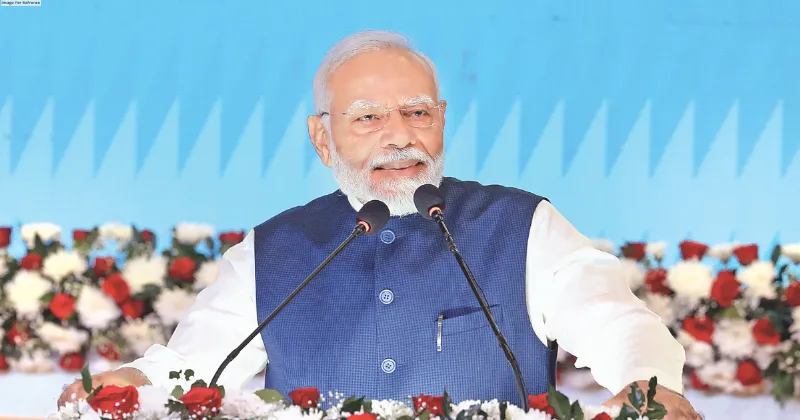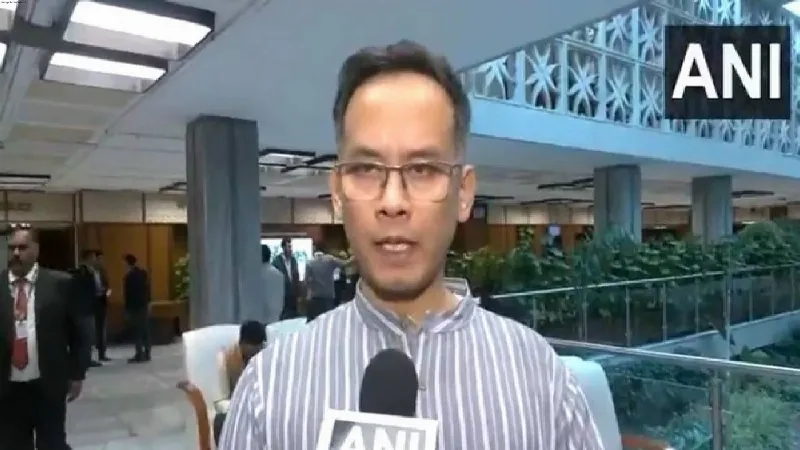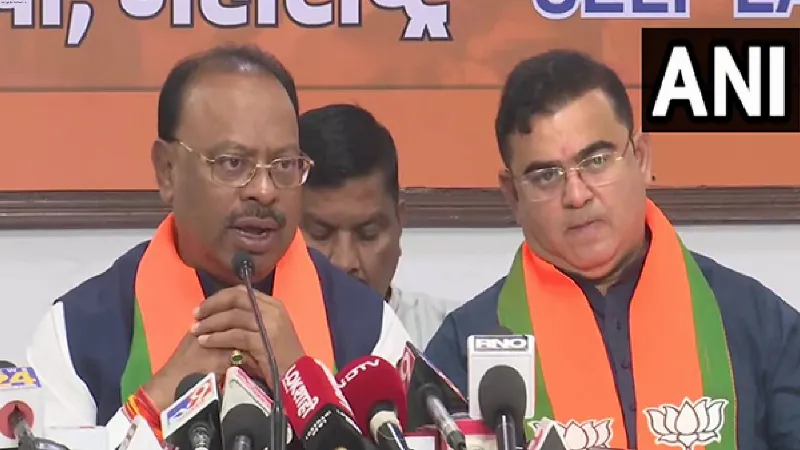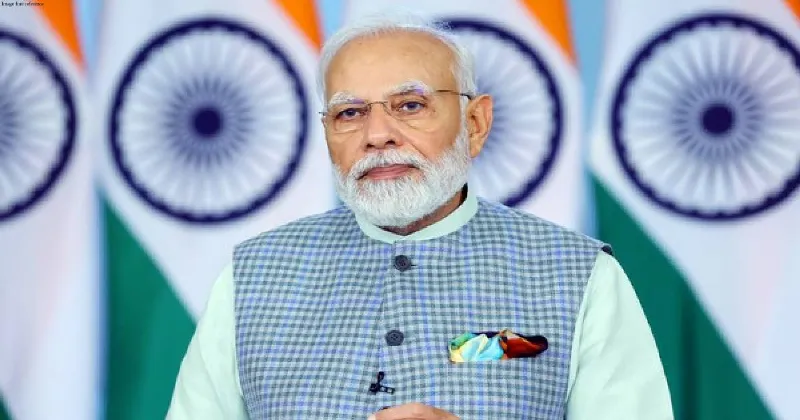Latest News
INDIA’S LARGE POPULATION: A BOON OR A BURDEN?

Over the course of history, the world has seen instantaneous population growth. It has enabled a rich diversity of culture, and technology and improved living standards. However, population growth is increasingly coming at a cost in particular to the environment and development. Overbreeding levels are contributing to the depletion of natural resources and causing widespread pollution. The issue of population growth has been the subject of much debate and controversy. Some argue that continued population growth is deeply damaging to the planet and threatens the survival of many natural habitats. Others believe that there is still room for more people, provided we learn to live more in harmony with nature and adopt more efficient and sustainable ways of living.
Recently, it was found that India’s population has surpassed China to become the world’s most populous country. While this news may come as a surprise to some, it is not unexpected given India’s population growth trajectory. Despite the challenges that come with having such a large population, there are also many benefits to India’s size.
POPULATION GROWTH: PROs AND CONs
India’s large population is an asset in many ways. If there are more human resources, for one, India has a large and diverse workforce that has contributed to its rapid economic growth in recent years. According to the World Bank, India’s GDP has grown at an average rate of 6.9% per year over the last decade, making it the fastest-growing major economy in the world. India is also home to a large and growing middle class, which is fueling demand for consumer goods and services. The past 200 years have shown exponential growth in technical development and innovation. There are many factors behind this, but the world’s growing population means we have a bigger pool of human capital and the possibility of these cuttingedge discoveries increases.
Population growth will lead to economic growth with more people able to produce more goods. It will lead to higher tax revenues which can be spent on public goods, such as health care and environmental projects. In addition to its economic strength, India’s large population is a source of cultural richness and diversity. India is home to over 2,000 ethnic groups and more than 1,600 languages. This diversity has helped make India a vibrant and fascinating place to visit and explore. India’s cultural heritage, which includes ancient temples, palaces and other historical landmarks, attracts millions of tourists each year.
Farming and industry have benefited from economies of scale, which implies that as the population expands, food output and industrial output may grow even faster than the population. For example, Thomas Malthus predicted at the start of the nineteenth century that population increase would lead to famine because we would be unable to feed the rising population. His catastrophic forecasts, however, did not come true because he failed to grasp that the productivity of land, labour, and capital could all expand more than proportionally. The majority of the inhabitants worked on the land 300 years ago. Technological innovation and economies of scale have resulted in dramatically higher land productivity as farmers employ mechanisation and economies of scale to increase food output.
In terms of per capita carbon footprint, areas with a high population density are significantly more efficient than rural areas and places with a low population. When people live in densely populated areas, they are more likely to use public transport and live in apartment buildings which are easier to heat. In big cities, transport and the delivery of goods are much more efficient, whereas, for low population densities, the average cost and environmental footprint are much higher.
Many Western economies are experiencing a decline in population, leading to an imbalance of an ageing population that places a significant strain on society’s resources, particularly health care and pensions. Moderate population growth can help to mitigate this issue by increasing the proportion of young, working people, which can help to rebalance the demographic structure.
A larger population can enable a critical mass of people to support a more vibrant and diverse society. With a smaller population, there is less scope for diversity, but as the population grows, it can support a broader range of cultural activities. This diversity can help to enrich the social and cultural fabric of society and create a more dynamic and thriving community.
India’s population growth has also been accompanied by improvements in healthcare and education. Life expectancy in India has increased from 32 years in 1947 to 69 years in 2020, and the country has made significant strides in reducing infant mortality rates. Similarly, India’s literacy rate has increased from around 12% in 1947 to over 74% today, with more children than ever before attending school. Despite these positive developments, India still faces many challenges related to its large population. One of the most pressing issues is providing adequate healthcare and education to all citizens, especially those in rural areas. India also needs to address issues related to poverty, unemployment, and inequality, which can be exacerbated by a large population.
To address these challenges, India has launched several initiatives in recent years, including the National Health Mission and the Skill India program. The National Health Mission aims to improve access to healthcare services, especially in rural areas, while the Skill India program is designed to train and certify workers in a variety of industries.

THE VIEWS EXPRESSED BY THE AUTHOR ARE PERSONAL
UTTKARSHA SHEKHAR The writer is a Sub-Editor in First India





















